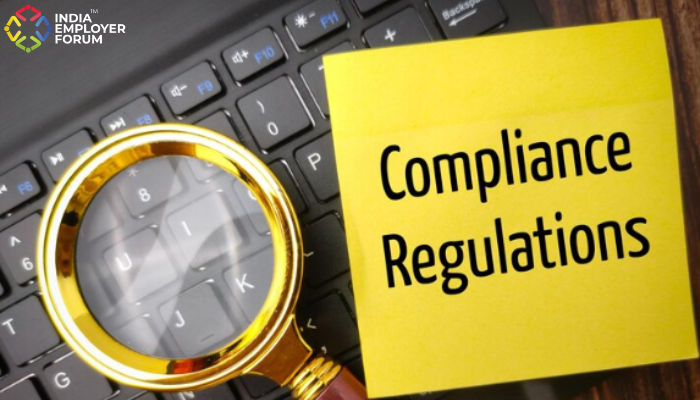A recent study conducted by McKinsey found out that women are responsible for around 40% of the overall global GDP. What’s alarming though is that their contribution to GDP in India drops significantly to 18%. Another figure that doesn’t bode well with the country’s efforts towards improving gender equality is the low representation of women in the workforce. It currently stands at a lowly 25%.
Such a less than desirable representation of women in the workforce is a big problem that doesn’t have clear answers. To better understand this situation, it is important to find out the factors that are making women shorten the longevity of their careers or taking longer breaks than men do. According to a study by ASSOCHAM, around 40% of women are leaving their jobs after the birth of a child. They are doing so to raise their children. There are several other factors that contribute to women being so poorly represented in the workforce. And the pandemic hasn’t done any favors to them either.
You might also be interested to read: Gender Equality In The Workplace Sets Out The Promise And Tone For Workforce Empowerment
Taking care of children is challenging, and when mothers have to do everything on their own, they are left with very little time for their own self let alone their work. It takes a lot out of women, physically, mentally, and emotionally. And when there is very little support coming from the family, the task becomes even harder. Child care is also a concept that is in its nascent stage in the country. So the responsibility of raising kids ultimately falls on the mother, which is why they have to opt out of the workforce. All these factors put together result in a sorry state of affairs when it comes to the professional development of women.
Lots can be changed if the organizations that women are working create policies that address this issue. And organizations will have to think way beyond maternity leave to bring any visible change to this situation and make gender equality a reality. The existing parental leave policies are based on the precinct that the bigger responsibility of taking care of children lies with mothers. Fathers on the other hand, are considered wage earners. This partial distribution of childcare responsibilities not only puts more burden on mothers but also doesn’t allow fathers to spend more time with their newborn children. But things have started to move in the right direction. The new generation doesn’t want to follow the traditional ways of parenting and want childcare responsibilities to be distributed equally amongst parents.
Organizations need to start looking at their parental leave policy. Maternity leaves are not really a matter of concern. The six months maternity leave policy allows mothers to take care of their babies and breastfeed them for the prescribed time. Many companies now have a parental leave policy that enables fathers to not only spend more time with their babies but also help mothers with childcare. These companies are also allowing their employees to work from home for an extended period in addition to giving them more flexibility when it comes to their daily work hours. These practices should now be taken up by more and more companies to allow their employees to fulfil their parental responsibilities in a better way.
Reference: Gender Equality For Women Begins With A Robust Parental Policy | BW People | Himanshu Bakshi | June 22, 2021
You might also be interested to read:




